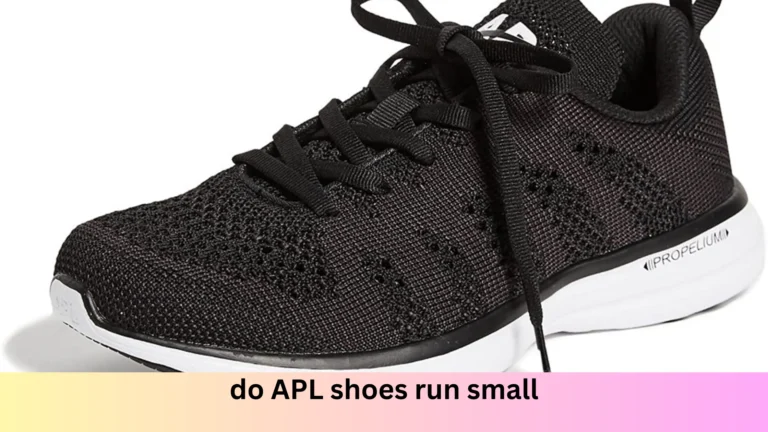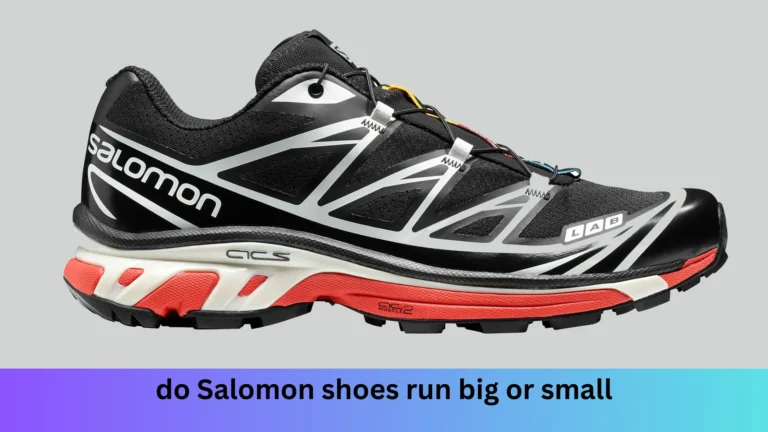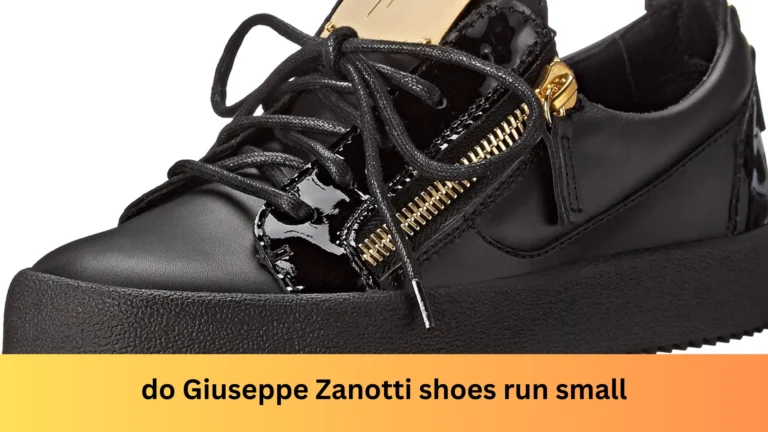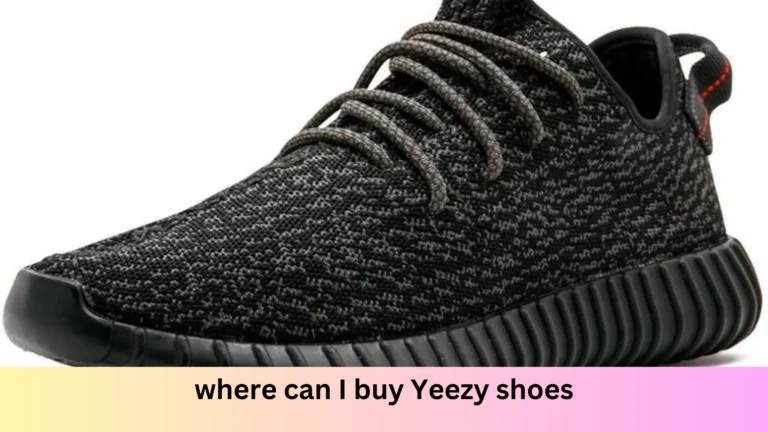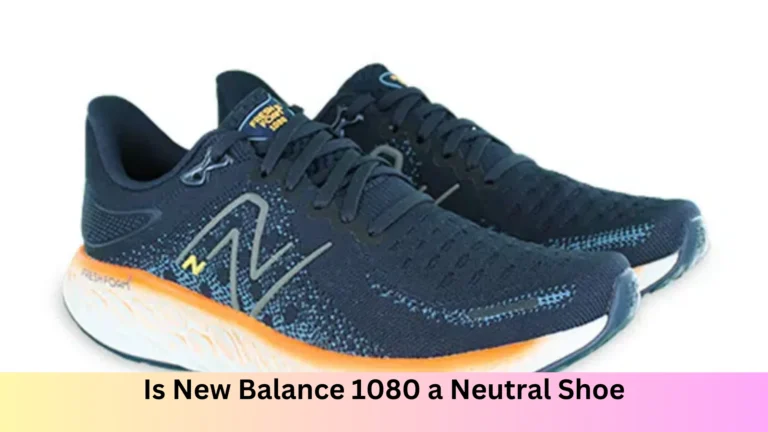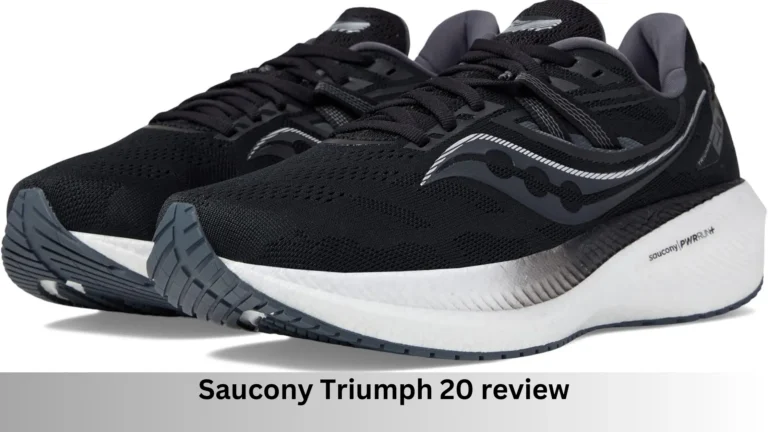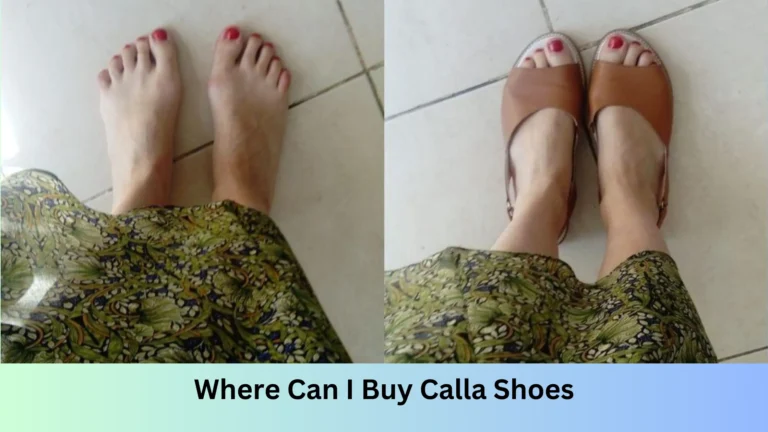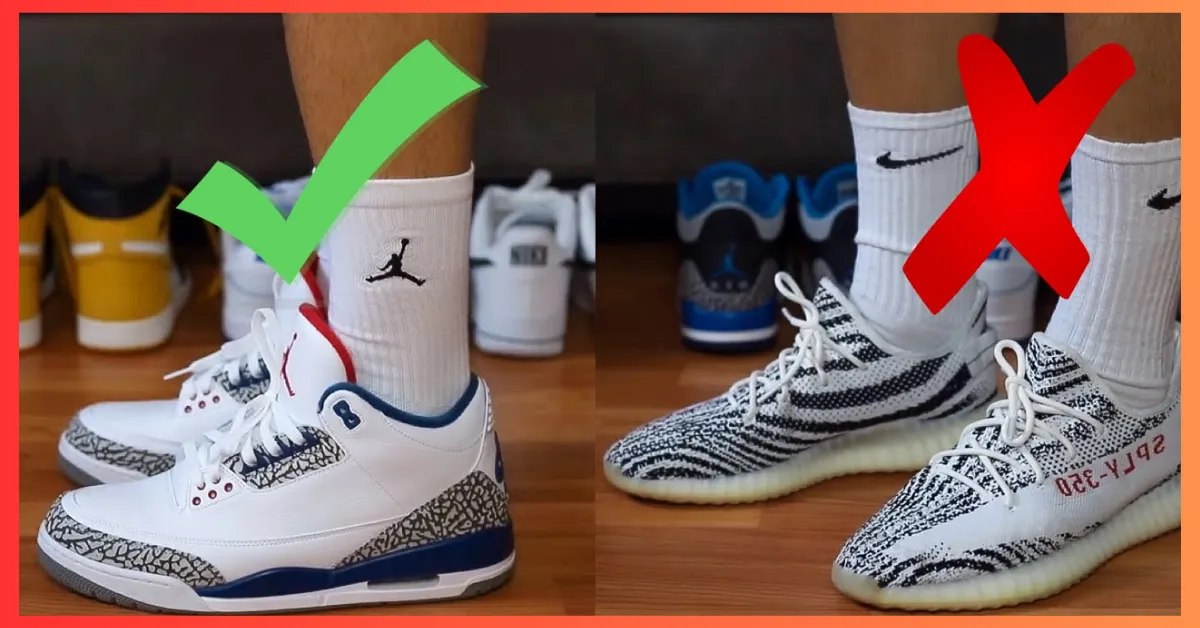
Do You Wear Socks with Track Shoes?
When it comes to track shoes, a common question arises: should you wear socks or go sockless? This debate is crucial because the right decision can affect your comfort, performance, and foot health. Whether you’re a sprinter, long-distance runner, or someone who just loves track workouts, understanding the pros and cons of wearing socks with track shoes is essential. Let’s dive into the details and help you make an informed choice.
Why Wearing Socks with Track Shoes Matters

Track shoes are typically designed to be snug, offering athletes more control and reducing the risk of injury. However, the fit and material can also increase the chance of blisters or discomfort if worn without socks. Let’s explore the key factors:
- Protection Against Blisters
Track shoes often fit tightly, and without the right barrier (socks), friction between your foot and the shoe can cause painful blisters. Socks create a cushion that absorbs moisture and reduces friction, helping to prevent these injuries. - Moisture Management
Your feet can sweat a lot during running, and track shoes typically have minimal ventilation. Wearing socks can wick away moisture, keeping your feet dry and reducing the chances of fungal infections or odor buildup. - Improved Comfort
Track shoes are often lightweight and made of materials that might not feel the most comfortable against bare skin. A good pair of socks can add some much-needed padding and comfort during your runs. - Better Shoe Fit
Socks can help fill any slight gaps inside the shoe, offering a snugger fit without sacrificing comfort. This ensures better support and a more secure feeling while you’re on the track.
When to Skip the Socks
There are some cases where athletes may choose to skip wearing socks with track shoes, especially in professional settings. Here are some reasons why:
- For a Tighter, Barefoot Feel
Some athletes prefer the sockless approach for a more direct feel of the track surface. They feel it offers better control and reduces distractions during sprints. - Custom-Fit Track Shoes
If your track shoes are custom-molded to fit your feet perfectly, socks may add unnecessary bulk. In this case, sockless running may improve performance. - Short-Distance Races
In shorter races, such as 100 or 200-meter sprints, athletes may skip socks to maximize the shoe’s lightweight feel. These races are quick, so the risk of discomfort or blisters is minimized.
Types of Socks to Wear with Track Shoes
If you decide to wear socks with your track shoes, choosing the right pair is key to ensuring maximum comfort and performance. Here’s what to look for:
- Lightweight, Moisture-Wicking Materials
Socks made from materials like polyester or merino wool can effectively wick away sweat, keeping your feet dry. - Thin, No-Show Socks
For track workouts, opt for thin, no-show socks that don’t interfere with the shoe’s fit. These socks protect without adding bulk. - Compression Socks
If you need additional support and better blood circulation, compression socks can be a good option. They help reduce muscle fatigue and can enhance recovery. - Anti-Blister Socks
For those prone to blisters, consider socks designed with anti-blister technology, such as double-layered or cushioned options.
Read Also: Running Shoes vs. Other Footwear: Is There Really a Difference?
Benefits of Wearing Socks with Track Shoes
1. Blister Prevention
- Creates a protective barrier between the foot and the shoe
- Reduces friction during intense movements
- Wicks away moisture that can cause blisters
2. Enhanced Comfort
- Provides cushioning in key pressure points
- Helps distribute pressure evenly
- Improves the overall fit of track shoes
3. Better Hygiene
- Absorbs sweat
- Reduces odor
- Protects shoes from excessive wear
4. Temperature Regulation
- Keeps feet cool in hot weather
- Provides warmth during cold conditions
- Helps maintain optimal foot temperature
When to Skip the Socks
Some situations where athletes might choose to go sockless:
- Sprint events (100m-400m) where every fraction of a second counts
- When wearing specially designed sockless racing spikes
- During certain qualifying events where minimal weight is crucial
Best Socks for Track Running
Recommended Features
- Moisture-wicking material
- Seamless toe construction
- Anatomical fit
- Arch support
- Breathable mesh zones
Materials to Look For
- Synthetic blends
- Polyester
- Nylon
- Spandex
- Natural fibers
- Merino wool
- Cotton blends (for non-competition use)
Common Problems and Solutions

Problem: Blisters
Solution: Choose moisture-wicking socks with seamless toes and a proper fit
Problem: Slipping
Solution: Look for socks with grip zones and proper arch compression
Problem: Hot Spots
Solution: Use double-layer socks or those with extra cushioning in problem areas
Expert Tips
- Always break in new track shoes with socks
- Keep spare socks in your gear bag
- Rotate between multiple pairs during training
- Choose sock thickness based on shoe fit
- Consider weather conditions when selecting socks
FAQs About Wearing Socks with Track Shoes
1. Should I wear socks with spikes in track shoes?
Yes, it’s generally a good idea to wear socks with track spikes to prevent blisters and improve comfort. However, in short-distance sprints, some runners may choose to go without.
2. Can wearing socks with track shoes affect my performance?
Wearing the right pair of socks usually won’t hinder performance and can improve comfort. However, for sprinters or athletes with custom-fit shoes, going sockless might provide a performance boost.
3. What socks should I avoid with track shoes?
Avoid thick cotton socks, as they tend to retain moisture, leading to discomfort and an increased risk of blisters. Opt for lightweight, moisture-wicking socks instead.
4. Can I wear track shoes without socks?
Yes, many professional athletes do. However, if you’re running longer distances or new to the sport, wearing socks is recommended to prevent blisters and discomfort.
5. Do socks improve the fit of track shoes?
Yes, thin socks can improve the fit of track shoes by adding a small cushion, ensuring a snug yet comfortable fit without sacrificing performance.
Key Takeaways: Socks or No Socks?
Whether you wear socks with track shoes comes down to personal preference and the type of running you do. Here’s a quick summary:
- For Long-Distance Runners: Wearing moisture-wicking socks is recommended for added comfort, protection, and moisture control.
- For Sprinters: Going sockless may offer a barefoot-like feel, enhancing speed and control.
- For Everyday Track Workouts: Lightweight, thin socks are ideal for balancing performance and comfort.
Conclusion: The Right Choice for You
Wearing socks with track shoes is not a one-size-fits-all solution. While socks offer protection, moisture control, and comfort, some athletes may prefer the sockless route for speed and control. Evaluate your track shoe fit, your running distance, and your comfort to make the best choice for your performance.
By understanding the pros and cons, you can decide what works best for your feet and running style. If you’re unsure, try both methods in training sessions to see what feels right for you.
Read Also: Do Amiri Shoes Run True to Size? A Complete Size Guide (2024)

Hello, I am Natasha Rose. I am the founder of the website Best Running Shoes. I am from California, USA. I am a professional shoe analyzer and an employee in a shoe showroom. I like to provide information about all types of shoes.
